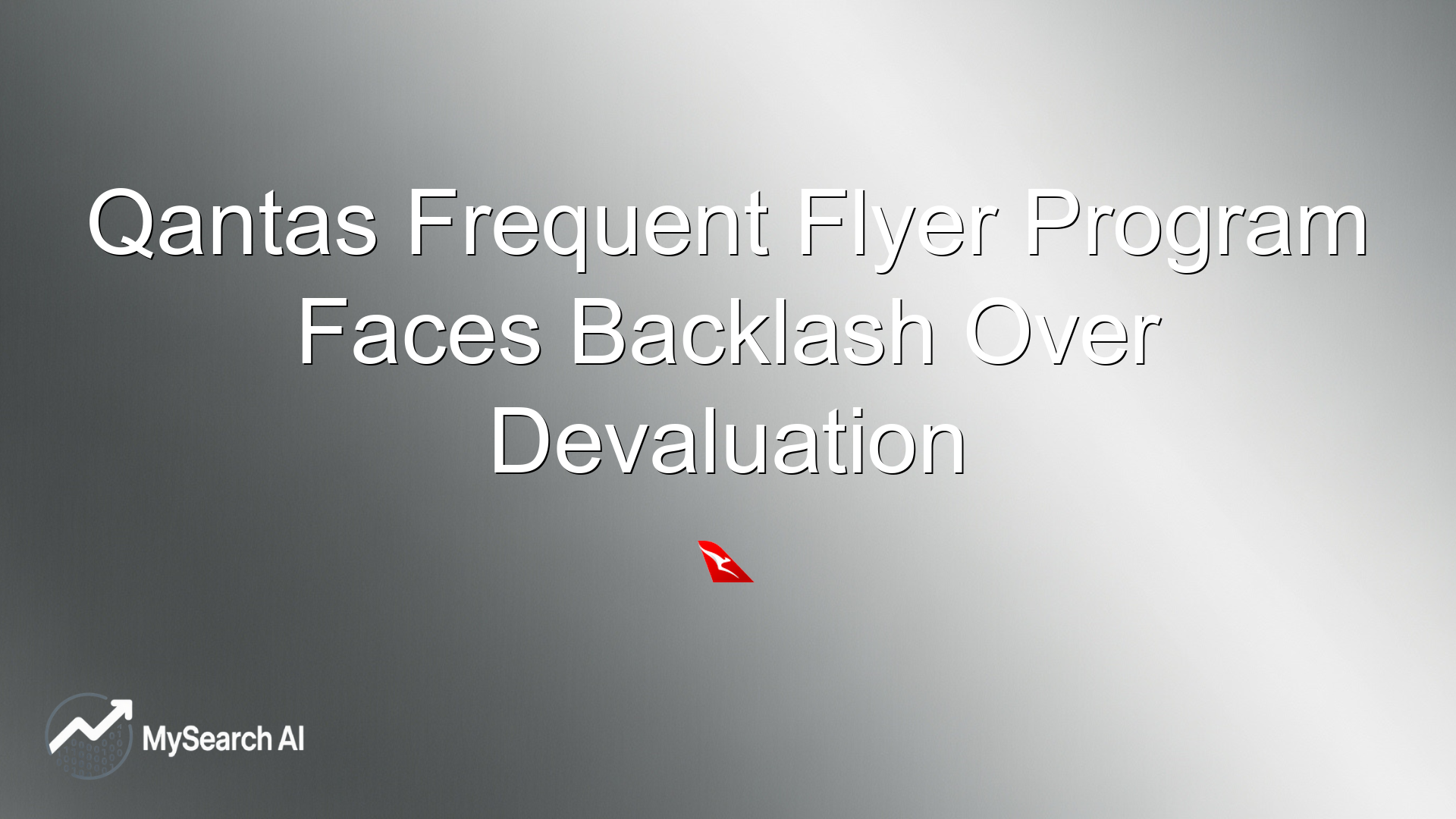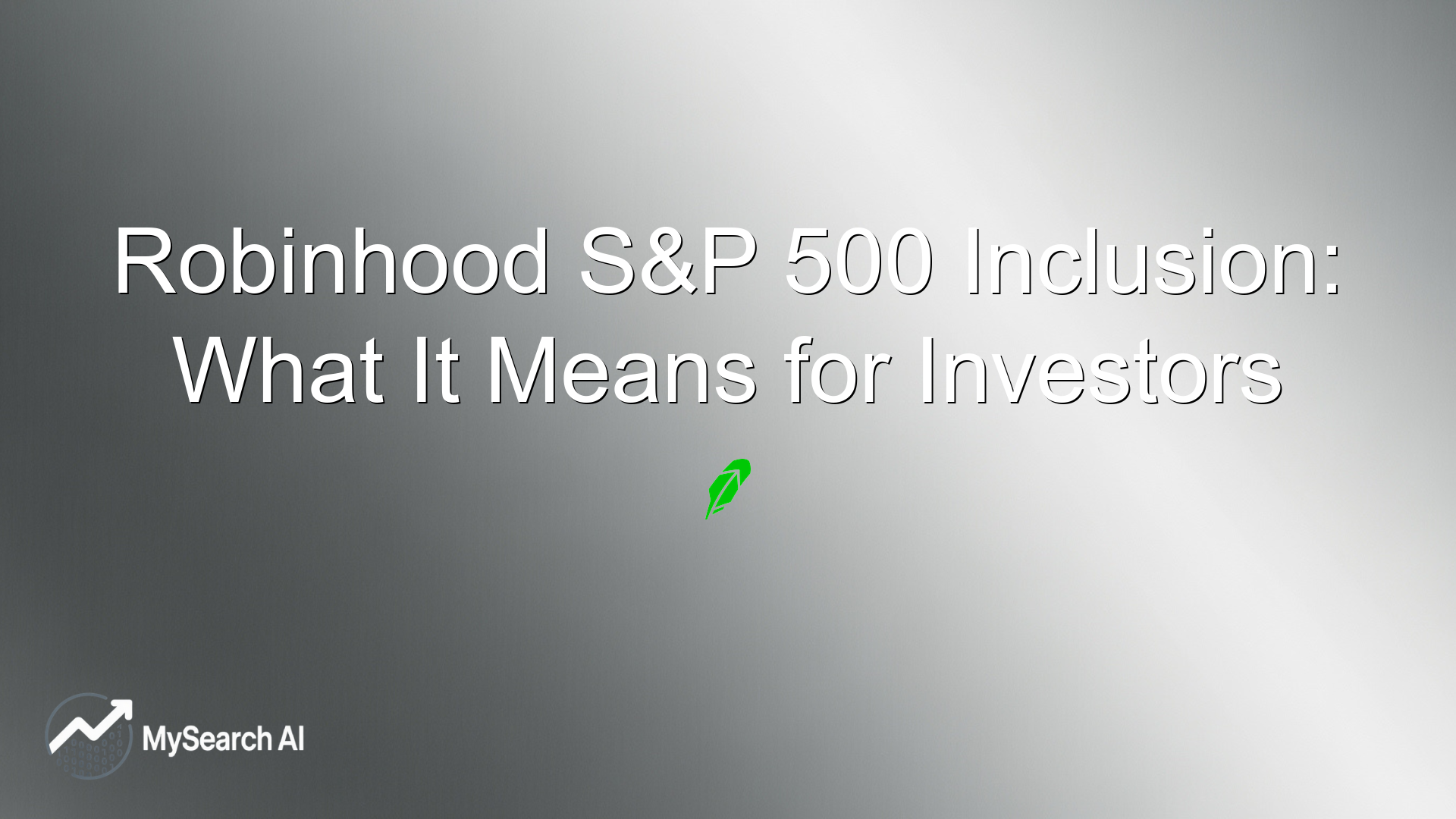Related Articles
Ask anything about stocks
Robinhood S&P 500 Inclusion: What It Means for Investors
Robinhood Markets Inc. (HOOD), known for its disruptive approach to financial services, has recently been added to the prestigious S&P 500 index. This inclusion has sparked a notable surge in its stock, highlighting the company’s growing market influence and strong financial performance. With a current price of $121.78, this move has set investors and analysts abuzz, reflecting both excitement and scrutiny. As we delve into what this means for Robinhood and its position in the market, the implications for investors and the broader financial sector become increasingly significant.
What the S&P 500 Inclusion Means for Robinhood
Being added to the S&P 500 is a landmark achievement for any company. For Robinhood, this recognition validates its growth and financial stability. It reinforces confidence among investors, showing that the company is no longer just a fintech disruptor but a major player in the financial market. Robinhood has experienced impressive growth metrics, with revenue growth at 58% and net income growth at 361%. These figures showcase its robust business model, which has weathered competitive pressures and regulatory scrutiny. The inclusion enhances Robinhood’s visibility and credibility, attracting institutional investors who track the index. It’s an opportunity for Robinhood to project stability and reliability, key attributes for any company aiming to maintain and grow its shareholder base. HOOD has thus positioned itself well for future growth and expansion in the financial services sector.
The Impact on Robinhood’s Stock Performance
Following the announcement, Robinhood’s stock surged, though it saw recent volatility. The stock is currently priced at $121.78, with fluctuations seen in its day low of $120.46 and high of $125.06. Despite a recent percentage drop of 10.9%, Robinhood’s long-term performance is robust, recording a one-year increase of over 120%. This volatility is reflective of the market’s immediate reaction post-inclusion, a typical scenario for newly added S&P 500 companies. The stock is currently overbought with an RSI of 73.83, pointing to a possible correction phase, but the long-term trajectory remains positive. Analysts offer mixed but optimistic ratings, with 27 suggesting to buy and a consensus leaning towards holding. The stock’s target price high is $145, indicating potential upside for investors willing to navigate short-term fluctuations.
Investor Takeaways: Navigating the Robinhood Rally
Investors eyeing Robinhood post-inclusion should consider the broader implications of this move. While immediate surges can allure, understanding market dynamics is crucial. Robinhood’s inclusion in the S&P 500 enhances liquidity, making its stock more attractive over the long term. For those considering an entry into HOOD, observing the short-term volatility against long-term performance trends is critical. With the stock’s PE ratio at 69.97 and a revenue growth of 58%, the fundamentals support its current valuation. Investors should also consider the technical indicators such as RSI and MACD, both suggesting overbought conditions. Balancing these metrics with Robinhood’s growth prospects and strategic market position could guide investment decisions.
Final Thoughts
Robinhood’s inclusion in the S&P 500 is a momentous event that underscores its financial strength and market presence. While short-term volatility in HOOD’s stock might challenge investors, the long-term growth potential remains robust. Robinhood’s innovative approach and increasing revenue signify that it is well-positioned to continue its growth trajectory. For investors, this presents a compelling opportunity to engage with one of the market’s foremost disruptors now legitimized by its S&P 500 status. As always, investing decisions should be informed by thorough research and a clear understanding of market conditions. Platforms such as Meyka can offer invaluable insights, providing real-time financial analysis and predictive models to help investors navigate these exciting yet complex market developments.
FAQs
What does Robinhood's S&P 500 inclusion mean for investors?
Robinhood's inclusion signifies its growing market legitimacy and financial health. For investors, it means increased visibility and liquidity, attracting more institutional participation. It’s a sign of stability, but also comes with the typical market volatility observed with new index inclusions.
How has Robinhood's stock performed recently?
Currently trading at $121.78, Robinhood faced recent volatility post-inclusion but maintains an impressive one-year growth of over 120%. Analysts are cautiously optimistic, emphasizing potential long-term gains despite short-term fluctuations.
Should I invest in Robinhood now?
Investing in Robinhood should be based on both long-term growth prospects and current market conditions. Consider its recent S&P 500 inclusion, growth metrics, and technical indicators. While promising, it’s crucial to balance these against potential short-term volatility.
Disclaimer:
This is for information only, not financial advice. Always do your research.



